Behavioral Addictions: Types, Signs, Causes & Evidence‑Based Treatment
GET HELP TODAY!
100% Confidentiality Guaranteed

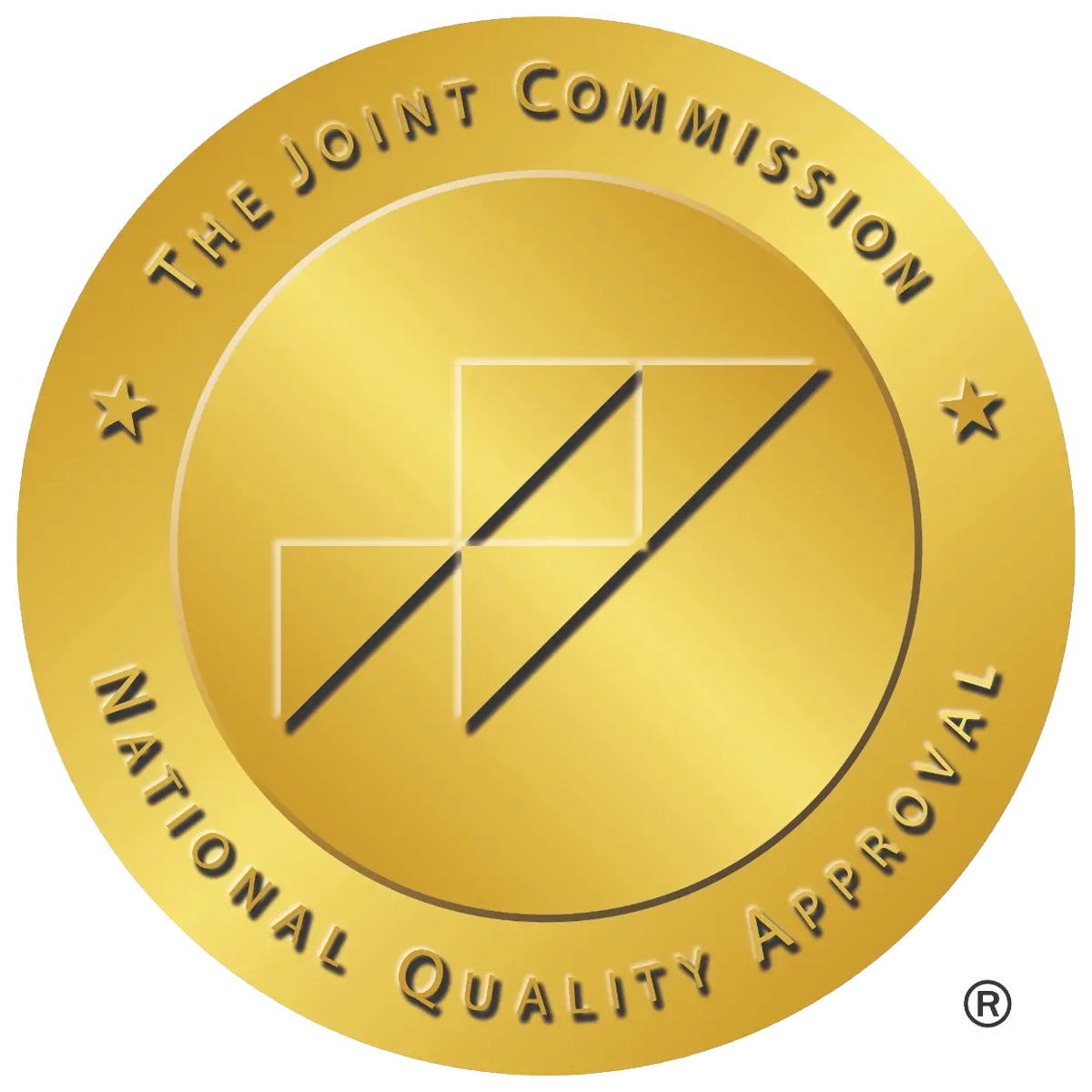
Behavioral addictions Overview at a Glance
Behavioral addictions (also called process addictions) involve compulsive engagement in rewarding activities—such as gambling, gaming, pornography/compulsive sexual behavior, shopping, food/binge eating, exercise, work, and social media/phone—despite negative consequences.
In DSM‑5/DSM‑5‑TR, gambling disorder is the only diagnosable behavioral addiction; internet gaming disorder (IGD) appears in Section III for further study. ICD‑11 (WHO) recognizes gaming disorder.
Signs include loss of control, preoccupation, tolerance‑like patterns, withdrawal‑like emotions when unable to engage, secrecy, chasing losses, and life impairment.
Effective care uses cognitive behavioral therapy (CBT), motivational interviewing (MI), dialectical behavior therapy (DBT), family involvement, support groups (e.g., SMART Recovery, 12‑step fellowships), and—when indicated—levels of care (residential, IOP, outpatient).
What are behavioral addictions?
At their core, behavioral addictions are learned patterns where an activity becomes the primary way to change how a person feels. The behavior can produce euphoria, relief, or a reliable escape from distress, which reinforces the urge to repeat it. Over time, the person may spend more time and energy on the behavior, neglect other responsibilities, and struggle to cut back even when they want to. These patterns share features with substance use disorders, including cravings, impaired control, continued use despite harm, and functional impairment across life domains.
Common everyday activities can become addictive for a minority of people—especially when genetics, stress, trauma, or co‑occurring mental health conditions are present. In other words, it’s not the activity alone, but the relationship with the activity that determines whether it becomes a problem.


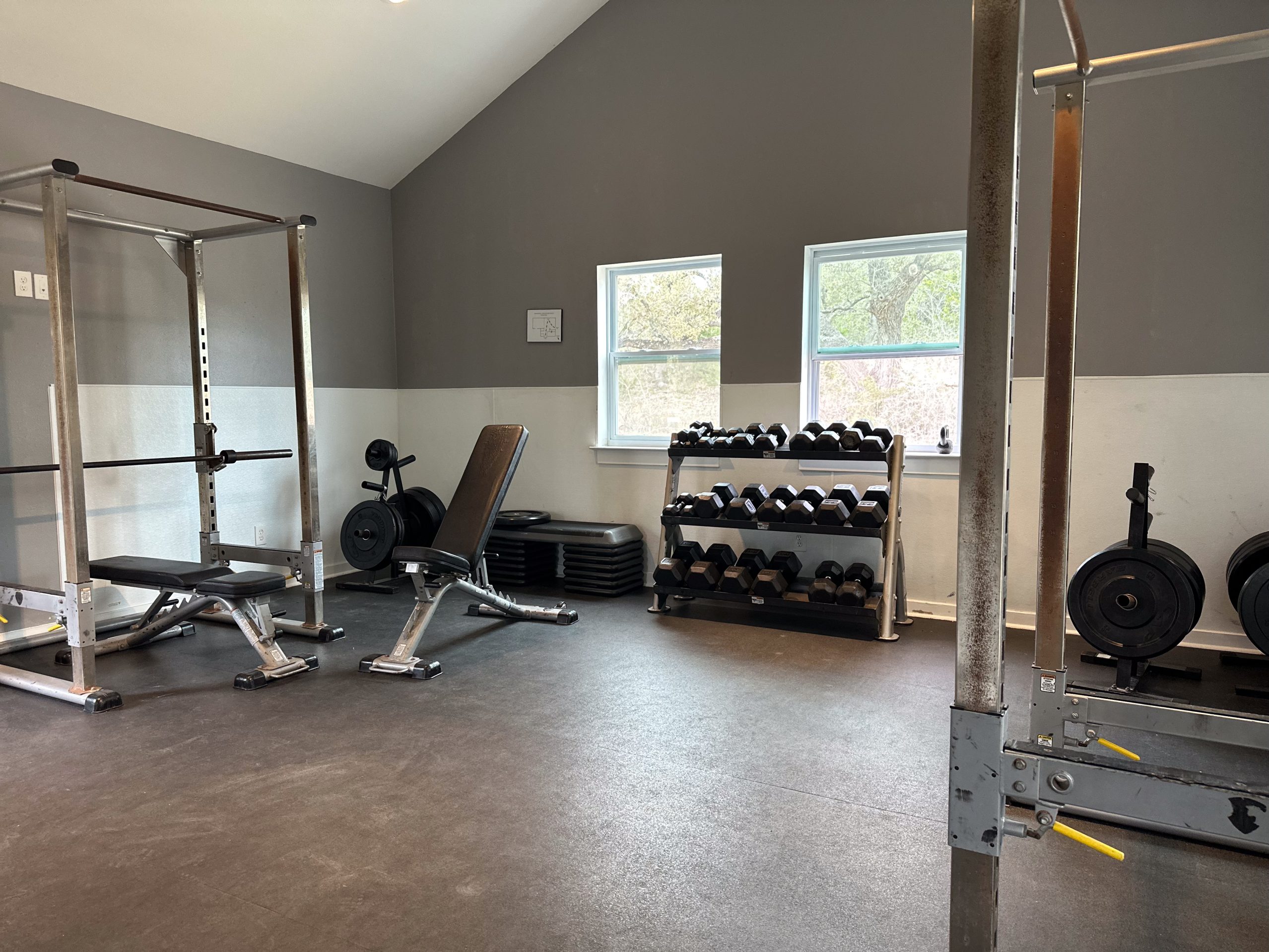
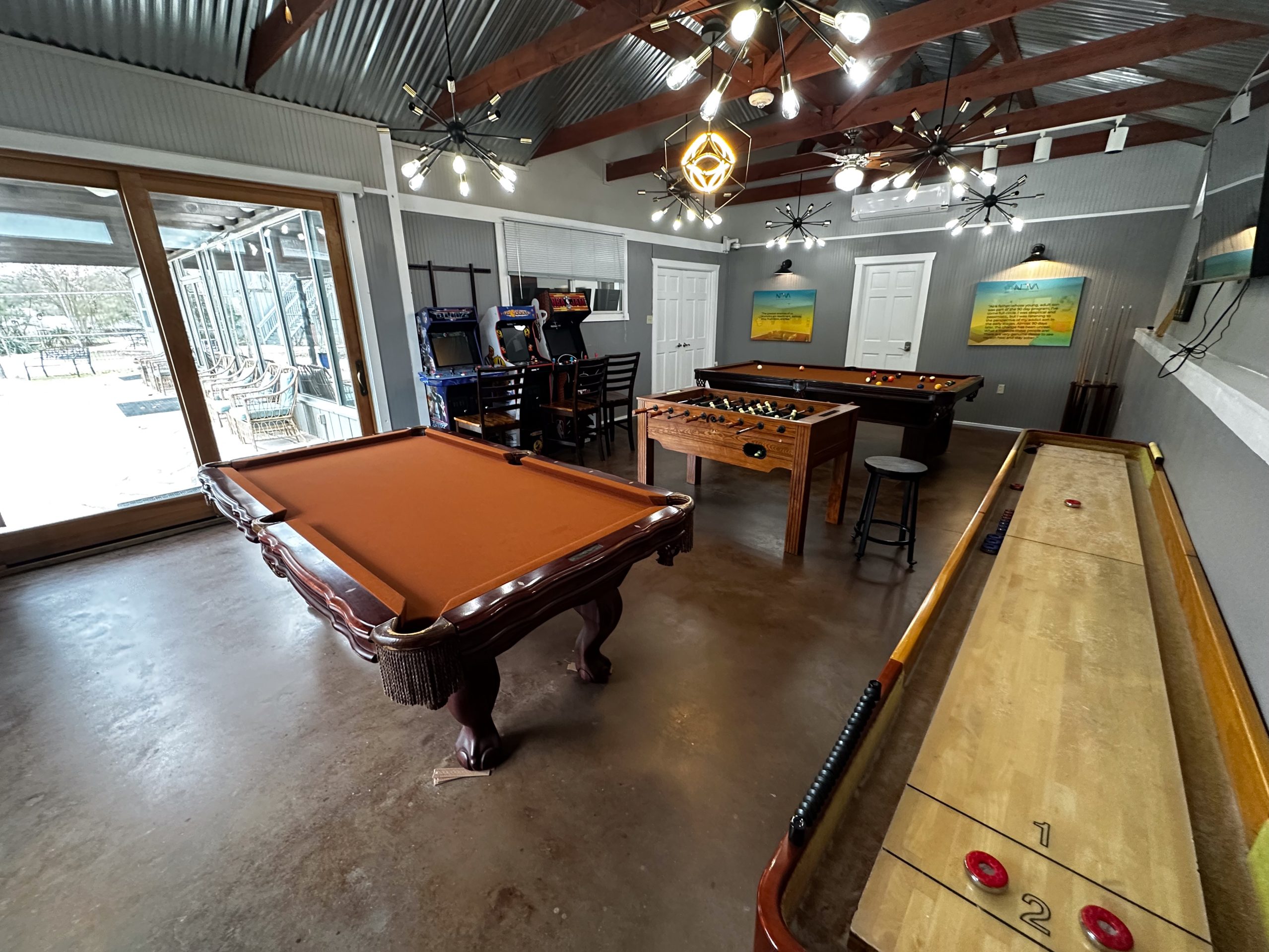
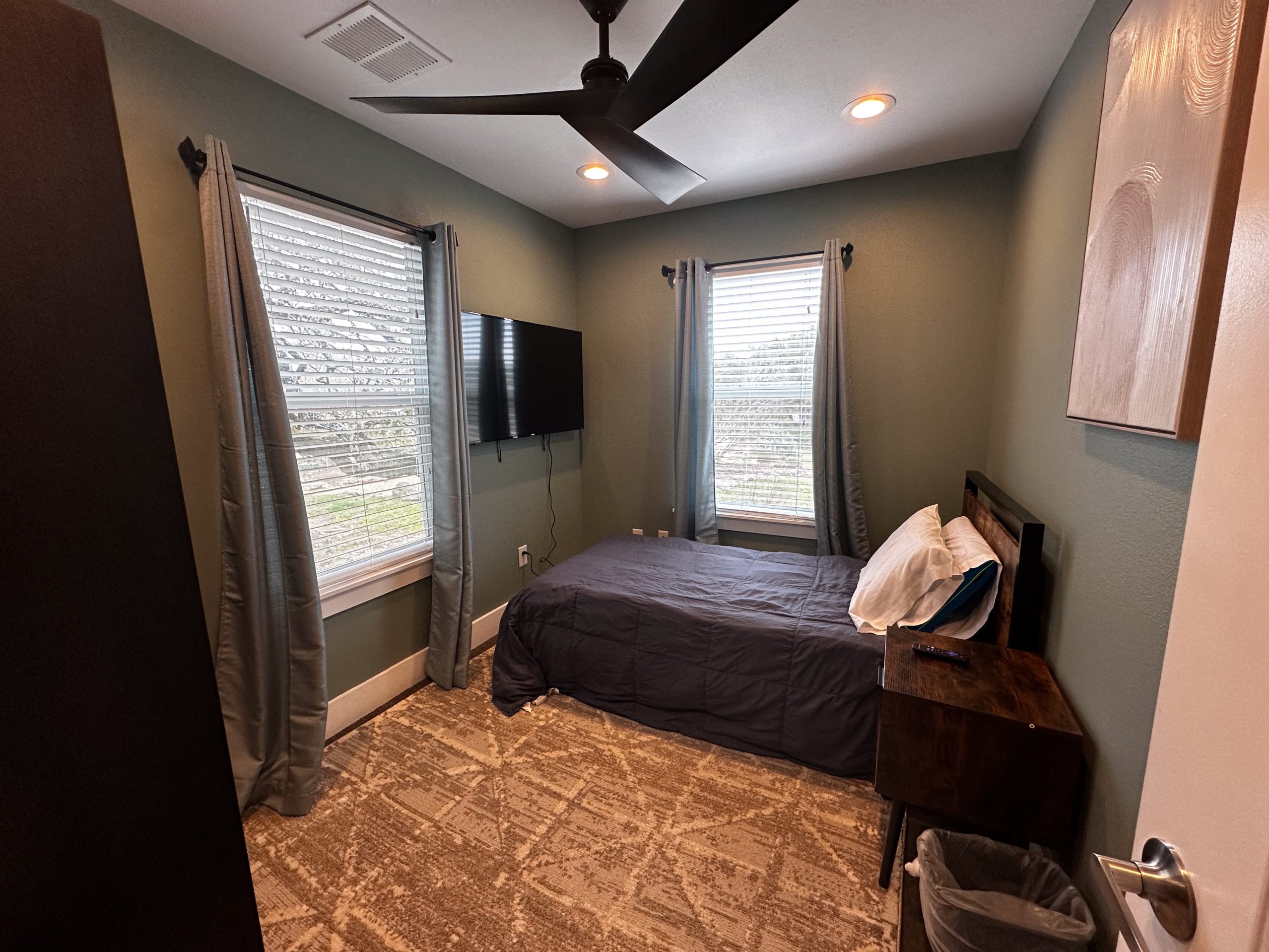




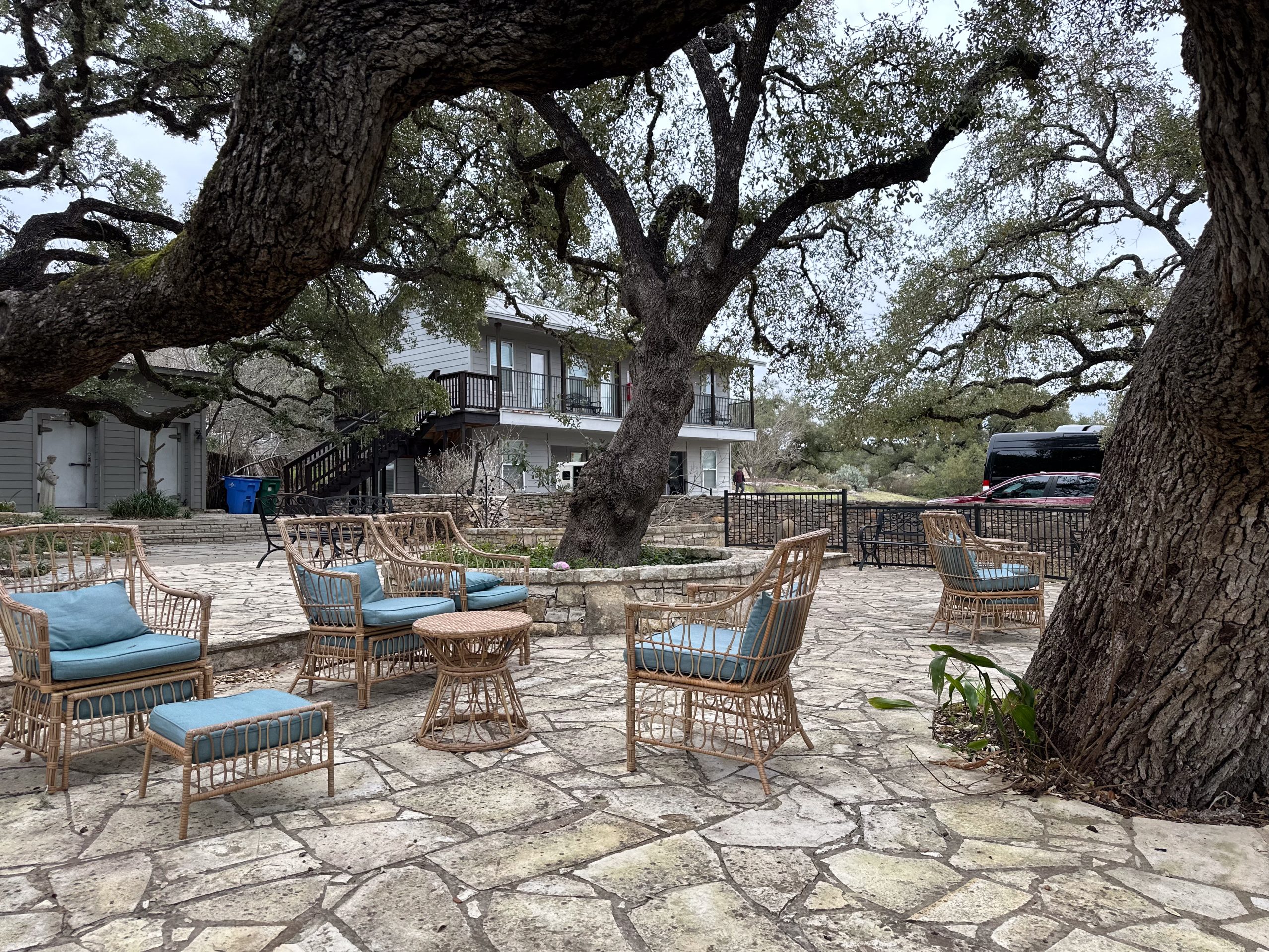
Are behavioral addictions recognized clinically? (DSM‑5 vs. ICD‑11)
DSM‑5/DSM‑5‑TR (American Psychiatric Association) places non‑substance/behavioral phenomena in the category “Substance‑Related and Addictive Disorders,” but at this time only recognizes gambling disorder as a formal behavioral addiction diagnosis. Internet gaming disorder (IGD) is listed in Section III as a condition for further study, with proposed criteria (e.g., preoccupation, tolerance, withdrawal‑like affect, deception, loss of interests, continued use despite problems, jeopardized relationships/work/school).
ICD‑11 (World Health Organization) includes gaming disorder under “Disorders due to addictive behaviours,” alongside gambling disorder.
Leading clinical resources emphasize that many behaviors can be problematic even if they don’t have a stand‑alone DSM diagnosis—impairment and distress still warrant care.
Common types of behavioral addictions
Below are the behavioral addictions (and closely related conditions) most often discussed in clinical and public health literature. Where relevant, we note DSM‑5/ICD‑11 status and hallmark signs.
Gambling addiction (Gambling disorder)
Clinical status: Recognized as a behavioral addiction in DSM‑5/DSM‑5‑TR and ICD‑11.
Signs: preoccupation with betting; chasing losses; escalating wagers; lying/secretive behavior; jeopardized relationships/career/finances. Triggers often include stress, loneliness, and mood shifts.
Treatment: CBT for gambling cues and cognitive distortions (“near misses,” magical thinking), money/budget safeguards, blocking software, financial counseling, support groups, and when appropriate, higher levels of care.

Gaming & internet gaming disorder
Clinical status: IGD is in DSM‑5‑TR Section III for research; ICD‑11 recognizes gaming disorder.
Signs: preoccupation; irritability/anxiety when prevented from gaming; needing more time (tolerance‑like); failed cut‑down attempts; lost interests; continued play despite problems; deception; use to relieve low mood; jeopardized work/school/relationships.
Treatment: CBT/MI (time management, triggers, replacement activities), family therapy (especially for adolescents/young adults), digital hygiene, and structured step‑downs in screen time with accountability tools.
Pornography use problems & compulsive sexual behavior
Clinical status: While pornography addiction is debated in DSM nomenclature, ICD‑11 recognizes Compulsive Sexual Behaviour Disorder (CSBD) as an impulse control disorder. Clinically, many services treat “porn addiction” concerns under CBT/CSBD frameworks.
Signs: escalating use; difficulties stopping; secrecy/deception; preoccupation affecting intimacy; using porn to self‑soothe stress, shame, or loneliness; and functional impairment at school/work or in relationships.
Treatment: CBT/DBT for urges/emotion regulation, trauma‑informed therapy when indicated, couple’s work for relationship repair, tech filters/accountability, and mutual‑help fellowships.
Shopping/compulsive buying
Status: Often framed as compulsive buying disorder; not a standalone DSM addiction diagnosis. Wikipedia
Signs: impulse buying; chasing the “rush” of purchases; financial fallout; hiding packages/debt; shopping to relieve distress.
Treatment: CBT, financial boundaries (cash‑only, card limits), blocking promotional triggers, and support groups.
Food addiction & binge eating–like patterns
Status: “Food addiction” is debated; binge eating disorder is a DSM‑5 diagnosis (feeding/eating disorders). Clinically, many people present with an addiction‑like relationship with ultra‑palatable foods.
Signs: loss of control; eating beyond fullness; secrecy or shame; using food to change mood; repeated unsuccessful cut‑downs.
Treatment: CBT‑E (enhanced CBT for eating disorders), nutrition support, medical management, and therapy for co‑occurring mood/anxiety or trauma.
Exercise addiction
Status: Not a standalone DSM diagnosis; frequently co‑occurs with eating disorders or compulsive traits.
Signs: training through injury/illness; guilt/anxiety if a workout is missed; social/occupational impairment; identity anchored to exercise metrics.
Treatment: CBT/MI, graded activity resets, cross‑training emphasizing flexibility/rest, and addressing body image and perfectionism.
Work addiction (workaholism)
Status: Not a DSM diagnosis but increasingly recognized as a behavioral addiction pattern. Wikipedia
Signs: excessive hours; inability to disengage; relationships and health suffer; using work to regulate emotions or avoid problems.
Treatment: CBT for perfectionism/over‑control, boundary and scheduling work, values clarification, and couple/family support.
Social media/phone/internet overuse
Status: General internet addiction isn’t a DSM diagnosis; debate continues. Gaming disorder is recognized in ICD‑11; social media overuse may be conceptualized under problematic internet use.
Signs: compulsive scrolling; sleep disruption; shame after binges; conflict about device time; “phantom” notifications; reduced in‑person activities.
Treatment: CBT, digital hygiene (app limits, no‑phone zones), replacement activities, and accountability supports.
Important: Even when a behavior doesn’t have a formal diagnostic label, impairment and distress are enough to seek help. Early intervention shortens suffering and protects relationships, health, and work/school functioning.
More Time. More Joy. More You. Start Now.
WE ACCEPT MOST INSURANCES







Causes & risk factors
Behavioral addictions arise through interactions of biology, psychology, and environment:
Neurobiology: Behaviors that reliably change mood can activate reward circuitry and learning pathways; repetition strengthens the habit loop.
Genetics & family history: Vulnerability can run in families, similar to substance addictions.
Stress & trauma: People may use behaviors for relief or escape.
Co‑occurring mental health: Mood disorders, anxiety, ADHD, OCD‑spectrum traits, and trauma can increase risk and complicate recovery.
Access & triggers: 24/7 availability (online betting, phones, streaming) lowers friction and increases exposure.
Signs & symptoms
Not all intense engagement is addiction. Passion becomes a problem when you notice:
Loss of control: repeated unsuccessful cut‑downs; spending more time/money than intended.
Preoccupation: constantly thinking about the behavior or planning the next opportunity.
Tolerance‑like patterns: needing more intensity/time/spend to get the same effect.
Withdrawal‑like emotions: irritability, anxiety, restlessness, low mood when not engaging.
Chasing losses / escalation (gambling, shopping): trying to “win it back,” buying to feel okay.
Secrecy & deception: hiding devices, statements, or time.
Role impairment: slipping grades, missed deadlines, damaged relationships, financial/legal problems.
Using to cope: turning to the behavior to manage distress rather than solving problems or seeking support.
If you’re unsure, a professional screening can help you decide the next step.
Behavioral vs. substance addictions
Similarities: reward learning, impaired control, cravings, continued use despite harm, and high co‑occurrence with other mental health conditions.
Differences: substances can create physiological dependence and medical withdrawal syndromes; behavioral addictions center on activities but can still produce withdrawal‑like affect, significant impairment, and relapse cycles. Importantly, both are treatable and respond to evidence‑based care.
Freedom Starts Here. Take Back Your Life Today.
Same-Day Admissions in Austin Available.
Evidence‑based treatment for behavioral addictions
Good news: recovery is common with the right plan. Effective care typically includes a mix of therapies, skills training, support, and sometimes structured levels of care.
Core therapies
Cognitive Behavioral Therapy (CBT): Identify triggers and beliefs (“I can win it back,” “I need this to calm down”), build alternative coping, break habit loops, and practice stimulus control (blocking apps, time locks).
Motivational Interviewing (MI): Strengthens internal motivation and commitment to change; resolves ambivalence.
Dialectical Behavior Therapy (DBT): Emotion regulation, distress tolerance, mindfulness, and interpersonal effectiveness—especially useful where urges are driven by intense affect.
Family/Couples therapy: Repairs trust, sets healthy boundaries, and aligns home supports.
Psychoeducation & skills: Relapse prevention, craving management, time‑budgeting, money safeguards, digital hygiene, and sleep.
Support & peer recovery
SMART Recovery and 12‑step fellowships (e.g., Gamblers Anonymous, Sex Addicts Anonymous, Debtors Anonymous, Workaholics Anonymous) can provide structured peer support and accountability. Clinicians often pair mutual‑help with therapy for best outcomes.
Medications
There isn’t a single “anti‑addiction pill” for behavioral addictions, but medications can help treat co‑occurring depression, anxiety, ADHD, or sleep problems—conditions that otherwise fuel the cycle. A psychiatric evaluation is useful to tailor care.
Levels of care
Outpatient therapy (OP): 1–2 hours/week for milder problems or step‑down care.
Intensive Outpatient Program (IOP): 9–15+ hours/week of group + individual therapy—often ideal for behavioral patterns that need frequent skills practice and accountability.
Residential/Inpatient: 24‑hour structure for severe impairment, dangerous financial/legal consequences, or when outpatient attempts repeatedly fail. Programs should be individualized and evidence‑based (CBT/DBT/MI) with aftercare planning.
Aftercare & relapse prevention
Recovery is a process, not a single event. Effective plans include ongoing therapy, sober living, mutual‑help participation, digital/financial safeguards, scheduled wellness habits (sleep, movement, social connection), and relapse rehearsals—concrete steps to take if warning signs return.
Frequently Asked Questions About Behavioral Addictions
What are the 7 warning signs of problem gambling?
The seven common warning signs include preoccupation with betting, increasing wagers, chasing losses, lying about gambling, gambling despite consequences, borrowing money to gamble, and experiencing restlessness or irritability when trying to stop.
How do I stop gambling?
Stopping gambling involves setting strict financial boundaries, avoiding triggers, seeking therapy such as cognitive behavioral therapy (CBT), and joining support groups like Gamblers Anonymous. Professional treatment programs also provide structure and relapse prevention tools.
What are the 5 signs of gambling harm?
Five red-flag signs of harm include financial problems, strained relationships, loss of interest in other activities, declining performance at work or school, and emotional distress such as anxiety or depression.
What are the red flags of gambling?
Red flags include hiding betting habits, gambling longer than planned, using gambling as an escape, borrowing money to cover losses, and neglecting important responsibilities due to time spent gambling.
What is the best treatment for gambling addiction?
The most effective treatment combines CBT, motivational interviewing, support groups, and—when needed—intensive outpatient or residential rehab programs. Treatment helps restructure thinking patterns, build coping skills, and establish accountability.
How to detox from gambling?
Detoxing from gambling means taking a break from access points such as casinos, online betting apps, or sports books. It often involves therapy, digital restrictions, financial safeguards, and support networks to manage cravings and urges.
How do you treat sexual addiction?
Sexual addiction treatment often involves CBT, trauma-informed therapy, and support groups such as Sex Addicts Anonymous (SAA). Professional programs may also integrate relapse prevention planning and family or couples therapy.
What is the best medication for hypersexuality?
There is no single FDA-approved medication for hypersexuality, but certain antidepressants, mood stabilizers, or anti-androgen medications may help reduce compulsive urges when prescribed by a qualified medical professional.
How to reduce compulsive sexual behaviour?
Compulsive sexual behavior can be reduced by therapy that addresses triggers, emotional regulation skills from DBT, creating healthy routines, and avoiding risky situations. Accountability partners and digital filters can also provide extra support.
What is the best treatment for compulsive sexual behavior?
The best treatment combines psychotherapy, support groups, and when indicated, medication management for co-occurring mental health conditions. Long-term recovery focuses on emotional regulation, healthy intimacy, and rebuilding trust in relationships.
Evidence-Based Treatment for Behavioral Addictions at Nova Recovery Center
Nova Recovery Center provides comprehensive, evidence-based care for individuals struggling with behavioral addictions such as gambling, gaming, pornography, shopping, food, exercise, work, and social media use. Our programs are designed to address the root causes of compulsive behaviors through therapies like cognitive behavioral therapy (CBT), dialectical behavior therapy (DBT), and motivational interviewing (MI). We also incorporate group therapy, family involvement, and relapse prevention planning to ensure lasting recovery. At Nova, we recognize that behavioral addictions often co-occur with mental health challenges, so we provide integrated treatment that supports both mind and body. Our continuum of care includes inpatient treatment, intensive outpatient programs (IOP), and sober living options, allowing clients to receive the right level of support at each stage of recovery. We emphasize holistic healing, helping clients rebuild healthy coping mechanisms, restore balance, and strengthen relationships. With compassionate care and proven strategies, Nova Recovery Center empowers individuals to break free from destructive behaviors and reclaim a life of purpose and stability.

